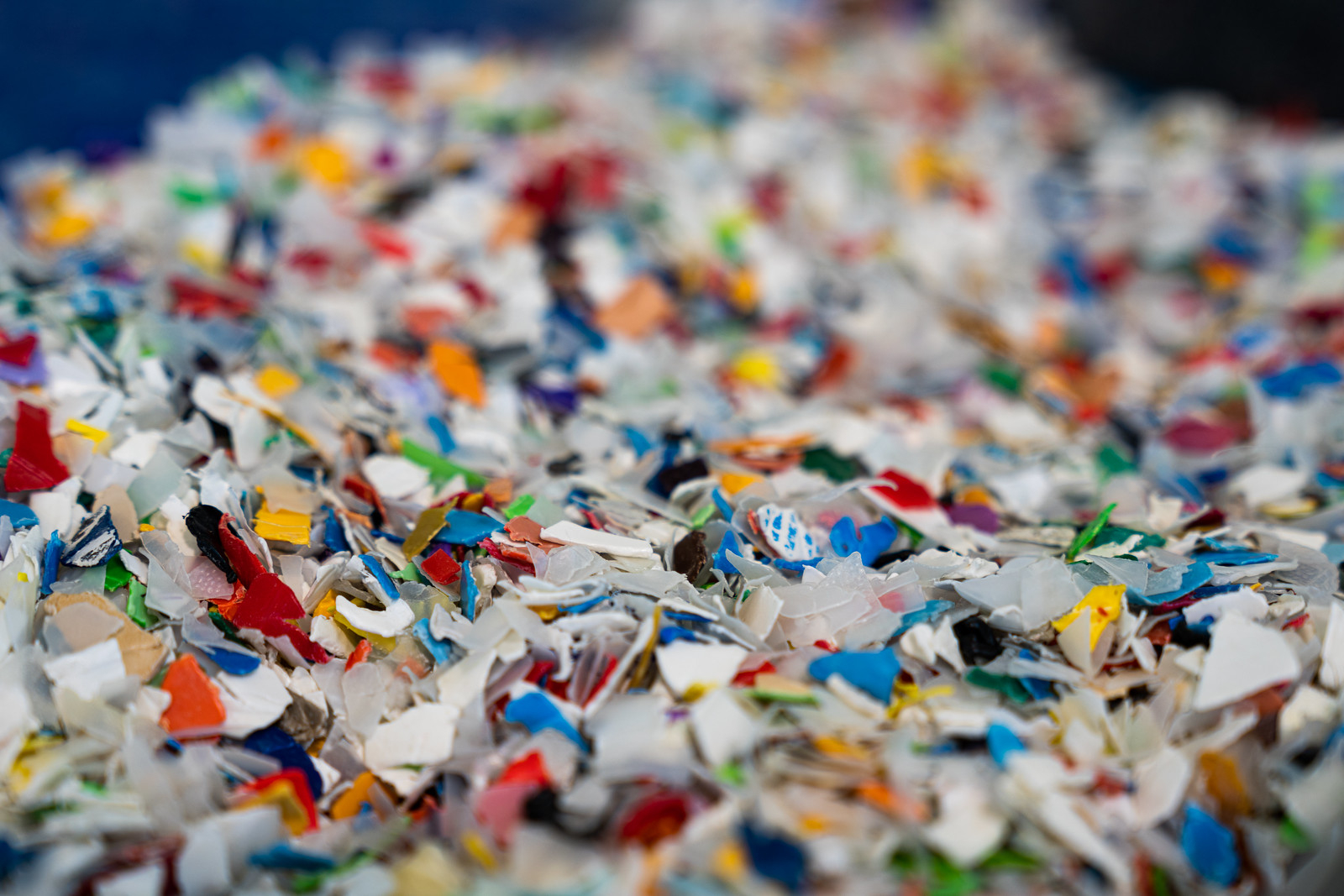This story was originally published by Mother Jones and appears here as part of the Climate Desk collaboration.
Every week, carefully sorted piles of plastic waste adorn curbsides across the country, waiting for pickup. It once went overseas, but now China and other former importers have banned or imposed prohibitive costs on shipments, having concluded there is little to do with the stuff. Cities have cut back collection schemes, leaving straws, bottles, utensils, and other detritus to pile up in warehouses or be disposed of as trash.
Those systems, in theory, created a destination for plastics aside from landfills, assuaging consumer guilt about using polluting — and practically indestructible — products. But as the bottom fell out of the international market, an inconvenient truth was highlighted: Most plastics are impervious to traditional recycling.

What we built in terms of waste management systems — be it landfills, be it incinerators, be it curbside recycling systems — don’t really work well for plastic. That’s now come back to bite us.
In response to the crisis, the plastics industry is pushing investments in so-called chemical recycling, hoping to give plastics a new, guilt-free life cycle. To understand what this means, let’s look at how plastics are made. The material is formed when many small hydrocarbon molecules from oil, called monomers, bond to create long chains, like dancers joining hands in a chorus line — a process called polymerization. The nature of the monomers and the configuration of the chemical bonds determine the kind of plastic (or polymer) produced, just as dancers’ costumes and positions define their look onstage.

Traditional recycling does not break apart the polymer molecules. Instead, it simply heats the plastic until it melts, reshaping the liquid into a different object. But the process inevitably degrades the polymer chains, resulting in inferior recycled products. Plastic bottles might get downcycled into textile padding that, in turn, has no further destination other than a landfill. Of the billions of tons of plastic ever made, industrial ecologist Roland Geyer and two colleagues estimated in 2017 that only about nine per cent has been recycled. The rest has been incinerated or, more often, just dumped — at best into landfills, at worst into trash piles that can leak into rivers and streams.
In contrast, in its ideal form, chemical recycling depolymerizes those chains — like making the dancers release each other’s hands — to reassemble them as useful chemical compounds or pristine, good-as-new polymers. The Plastics Industry Association has hailed the technology as “essential to ensuring that plastics stay out of the environment, while also creating new products and economic growth opportunities that benefit society.”
At least, that’s the sales pitch. In reality, chemical recycling as it is performed today almost always refers to one of two very similar processes, pyrolysis or gasification, that rely on temperatures of over 1,600 F to break plastics down into base components. The result is a mixture of hydrocarbons — some of which may be polymerized into more plastic. The rest are likely to be burned as fuel that is often more toxic than its virgin counterpart since it’s laced with residual contaminants like flame retardants. As chemist Susannah Scott of UCSB says, “This is greenwashing; this is not true recycling.”
Scott is one of a growing number of researchers exploring how to make chemical recycling more sustainable. Instead of ripping up polymer chains into heterogeneous fragments, a better process would perform microsurgery to dissect them into reusable molecules. In theory, we could accomplish this either by producing alternative polymers that can more easily be recycled chemically or by using waste polymers to make other, valuable chemicals — an approach known as upcycling.
In 2020, two prestigious international scientific journals explored each technique. In Nature, researchers unveiled two plastics similar to existing polyethylenes that are used in everything from reusable plastic cups to pipes. The new substances, when gently heated in ethanol for a few hours, dissolved into their monomer blocks — units that, in theory, could be infinitely reusable.
Meanwhile, in Science, Scott and her team, whose research has been supported by both federal and petrochemical funding, described an upcycling process that transformed waste polyethylene into molecules commonly used as detergents but avoided the extreme heat, crude oil, and toxic chemicals that usually go into their production. The details still need to be ironed out, but she believes that if a reaction looked commercially promising, companies could quickly rework their processes.
Not everyone agrees. Many environmentalists argue that chemical recycling simply provides political cover for the continued production of plastics and the fossil fuels it takes to make them. Consumers shouldn’t be fooled by a solution to plastics that, well, involves plastics.
Andrew Rollinson, the author of a report for the Global Alliance for Incinerator Alternatives, has found that chemical recycling is energy-intensive and costly — so it irks him that both industry and government are investing heavily in the process instead of just reducing or eliminating plastics.
“Some really innovative, clever chemical engineers are coming up with some really promising technologies,” concludes Geyer, the industrial ecologist. “Do I think that will make the entire problem go away? Absolutely not.”





Comments